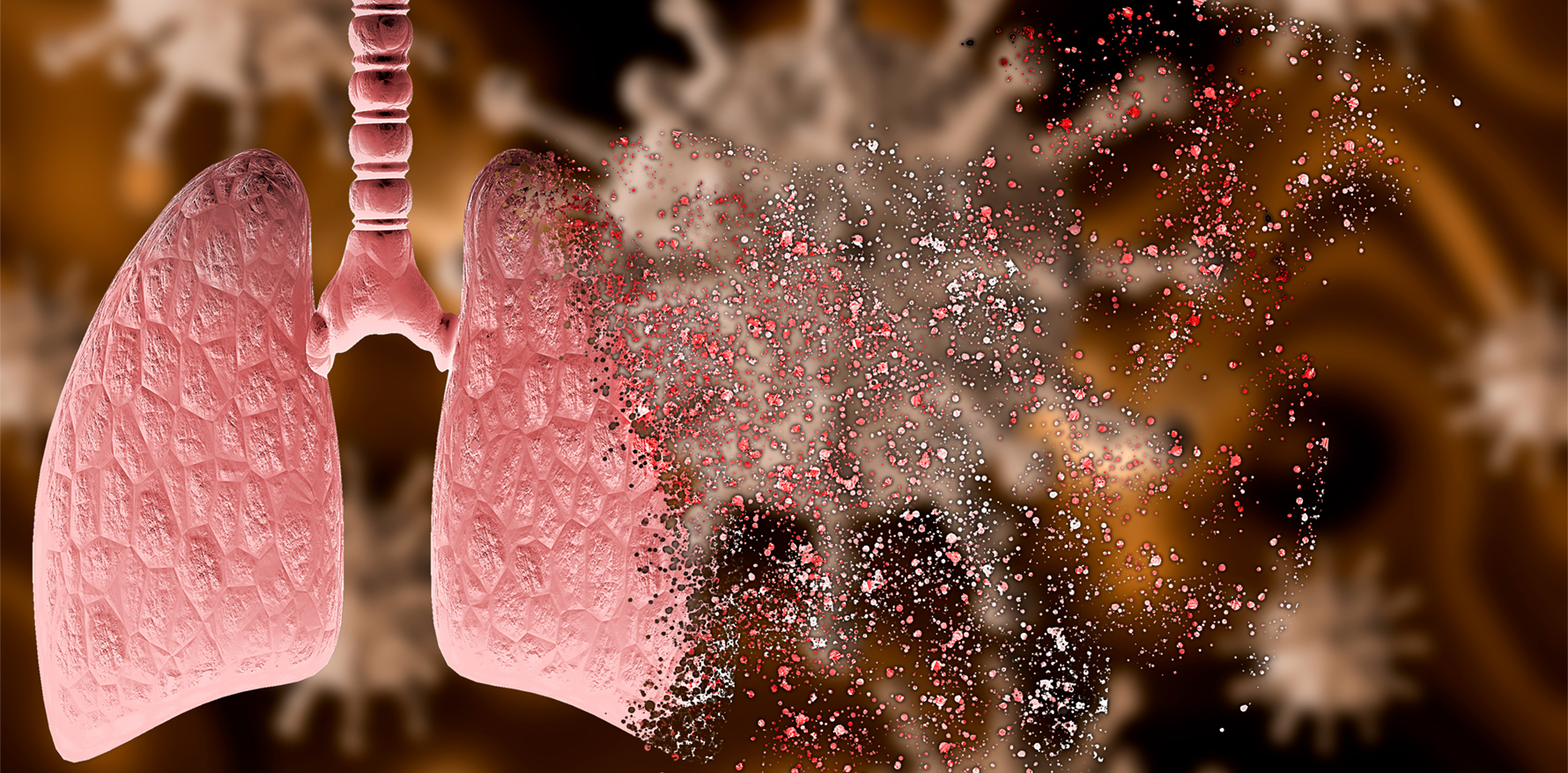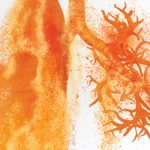Chronic cough, lung fibrosis, fatigue and dyspnoea could be in store for those who recover from a bad bout.
What is the health outlook for COVID-19 survivors? This is the latest question being posed to clinicians and researchers worldwide.
But, as a recent editorial in the BMJ explains, it is probably still too early to tell.
The author, a UK respiratory physician, says that many of the current predictions about the prevalence and nature of long-term respiratory effects following COVID-19 infection are based on what pathology is occurring during the acute infection, as well as an extrapolation of what was seen with the previous SARS outbreak back in 2003.
From what is occurring in patients severely infected with COVID-19, it is known that chronic cough, fibrotic lung disease, bronchiectasis and pulmonary vascular disease are all potential sequelae post-recovery. It is noted that the risk factors for moderate to severe COVID-19 infection are similar to the risk factors for idiopathic fibrosis – namely male gender and old age, increasing the likelihood of fibrosis as a possibility.
And from knowledge gained following the SARS and MERS outbreaks we know that 30% of those patients who were acutely affected had persisting lung abnormalities; however, for most of these patients the deficits were classified as mild (a 20-30% reduction is gas transfer).
To date, there has been very little research published on what symptoms patients are experiencing post-recovery from the current pandemic viral infection. One of the only peer-reviewed follow-up studies was published in JAMA last month. In this study, 143 patients who had been hospitalised with COVID-19 were assessed on average 60 days since their first COVID-19 symptom (so not that long after the acute infection, given the average hospital stay was 13.5 days).
The researchers found 87.4% reported the persistence of at least one symptom, particularly fatigue and dyspnoea. While this might sound extraordinary, the study authors suggest this not uncommon post-pneumonia.
“Patients with community-acquired pneumonia can also have persistent symptoms, suggesting that these findings may not be exclusive to COVID-19,” they said.
The real question will be how long these symptoms persist and whether they are linked to irreversible physiological changes.
On a more positive note, another factor in determining the long-term effects of severe COVID-19 infection relates to improvements in understanding and treatment of the disease as the pandemic has progressed.
As the editorial author points out, in the past, survivors of severe acute respiratory distress syndrome often developed substantial lung fibrosis. But this was later found to be caused by barotrauma secondary to high-pressure ventilation. More recent studies that include patients treated with extracorporeal membrane oxygenation show only relatively minor abnormalities.
Similarly it is known that inflammation is a precursor to fibrosis and current treatments often target this inflammation, with the benefit of dexamethasone in severe COVID-19 having recently been established (although it doesn’t appear to improve outcomes in patients with milder disease).
So where does that leave us?
Despite the sensationalist subhead on the BMJ editorial – “Substantial population morbidity is likely” – the reality is we don’t know yet.
Currently, UK researchers are recruiting 10,000 patients who were hospitalised with COVID-19 as part of a long-term follow-up study to determine the true nature and prevalence of the adverse consequences of this infection.
In the meantime the British Thoracic Society recommends a chest X-ray three months post-discharge for people hospitalised with COVID-19, as part of ongoing monitoring.
For GPs, it is suggested they consider a similar follow-up plan for any of their post-COVID patients who are experiencing any respiratory symptoms.
“A pragmatic approach to primary care management might include first-line investigation such as chest radiography and oxygen saturation measurements, with referral to secondary care where lung pathology needs investigation,” the editorial concludes.
This article first appeared on healthed.com.au.



